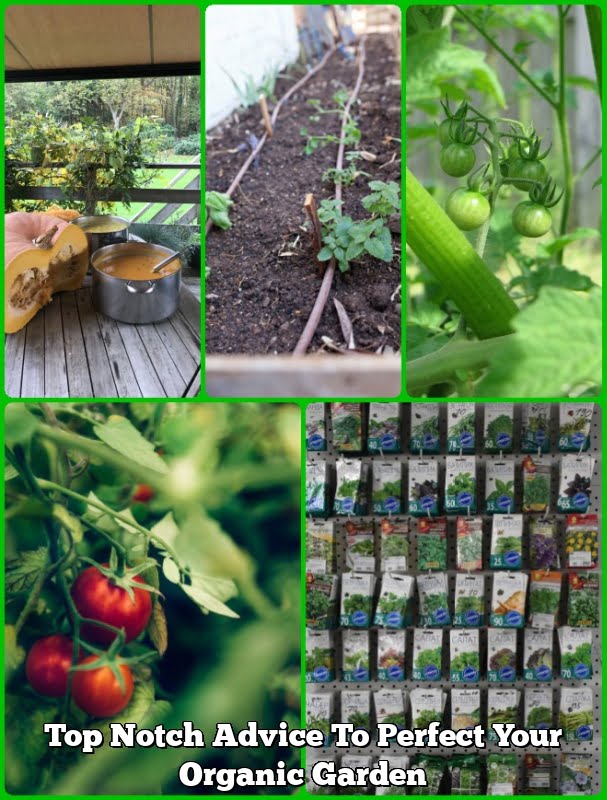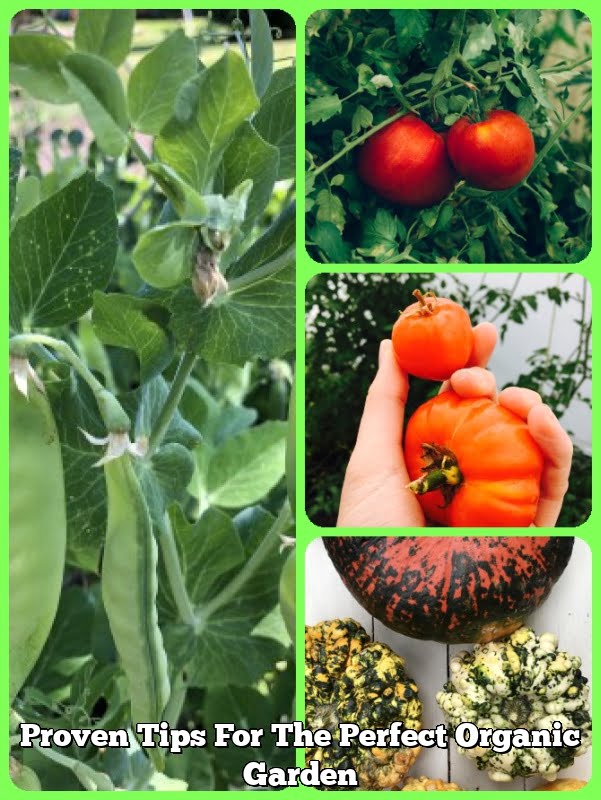Introduction
Setting up a vegetable garden is a great way to get outdoors and start growing your own food! Not only will you reap the reward of harvesting fresh vegetables from your own backyard, but you can also save money on grocery bills and find satisfaction in turning something new and green into something tasty.
Choosing which vegetables to grow for your garden can be a daunting task since there are countless varieties of delicious vegetables out there. But selecting the right vegetables that fit your garden’s needs doesn’t have to be overwhelming. You can use this guide to help figure out which fruits and veggies will thrive in different climates and temperatures, as well as how long they take to mature and what care they may require. For example, some crops like cucumbers may need more space than smaller root vegetables such as radishes or carrots. Additionally, other popular options like tomatoes, peppers, squash, beans and corn benefit from raised beds where soil quality can be improved upon for healthy growth. Depending on what type of climate you live in as well as how much sunlight or rain an area receives determines which plants you should choose for optimal success in your garden. Researching what specific plants do best with certain conditions is essential when picking which ones are best suited for the space available. Lastly, if there isn’t enough room to plant everything at once then consider starting with only a few varieties at first before bringing in others after they have been harvested instead of trying to squeeze too much into one small space all at once!
Planning Out the Perfect Vegetable Garden
Having the perfect vegetable garden requires not just a green thumb but also thoughtful preparation and planning. Gardeners need to consider several factors when it comes to soil, plant selection and planting sequence in order to optimize their home-grown produce.
When starting out, the type and quality of soil is crucial for bountiful vegetables. Gardeners should check the acidity and pH levels of their soil, as well as opt for a nutrient-rich soil mix that provides optimal drainage. Additionally, drainage should be considered as too much can cause plants to become waterlogged which can stunt their growth. An excess of fallen leaves or kitchen scraps often makes ideal compost material which is an important part of improving the nutrition level and structure of the soil in organic gardening practices such as permaculture.
Additionally, the type of vegetables planted will have an impact on overall yield and flavor too. Cooler weather seasonal crops like spinach or kale tend to prefer nutrient-dense areas while summer seasonal plants like peppers or squash have different needs like more sun exposure. Likewise, climate considerations are paramount as some plants may not survive harsh winters or scorching summers depending on his home’s location while new varieties might need additional help from gardeners such as cloches or insect traps in order to survive certain pests or adverse weather conditions.
Finally, planning out a strategy for companion planting must also be considered when designing a vegetable garden for maximum yield optimization. Not all vegetables grow excellently near one other, especially when it comes to competing for nutrients or attracting certain insects; thus designating raised beds with specific plans allows each plant certain conditions that allow it to thrive whether its nutrients from nitrogen fixers like peas or additional subtle shading from taller vegetables like broccoli in close proximity.
Planting and Establishing Your Garden
Planting and establishing the perfect vegetable garden is an important part of successful vegetable gardening. The best way to go about planting your garden is to choose the right vegetables for your area and soil type. After selecting appropriate vegetables, prepare the soil by tilling and adding compost or manure to improve nutrient levels and drainage. Once you have prepared the soil, it’s time to plant. Plant vegetables according to instructions on seed packages or start with young plants (sometimes called “transplants”) from a nursery or garden center. When planting seeds, avoid overcrowding them and follow spacing directions carefully.
To ensure healthy growth, all plants need regular watering, sun exposure, and good air circulation – but too much of any one of these can be bad for many plants. Watering your vegetable garden appropriately requires paying attention to both soil type and weather conditions – sandy soils need more frequent watering than clay soils do – as well as how much water each particular plant needs – some need more than others – how fast water evaporates in certain temperatures – high winds tend to speed evaporation – keeping in mind how long moisture takes to soak into different types of soils – sands take less time while clay takes more time ,and which areas are prone to drought or flooding (if applicable).
It is also important that you monitor your vegetable garden for pests such as slugs, snails, or other insects. By removing affected leaves or using organic pesticide methods around problem areas you can minimize pest damage without introducing harsh chemicals into your environment or nearby food sources. Finally, regularly adding compost or other organic matter back into the soil helps maintain soil nutrients and keep weeds at bay. With consistent attention and care throughout growing season, watching over a garden can be rewarding for any gardener!
Supporting Your Plants
To ensure the success of your vegetable garden, you must create an environment where your plants can thrive. This means regularly feeding and pruning your vegetables to provide them with the necessary nourishment and remove damaged or unhealthy parts of the plant. Feeding your vegetables with a slow-release fertilizer can improve nutrient availability to the soil, especially during dry periods. Pruning is important in vegetable gardens as it encourages plants to produce more fruits and vegetables, while also avoiding unwanted stress on your crops. When pruning, be sure not to remove too much at once—just take off dead branches and leaves and maintain the overall balance of the plant. In addition to regular feeding practices, appropriately mulching around the plants can help conserve moisture and reduce erosion during wet weather. Finally, inspect your garden often for pests, diseases, weeds and other potential issues that may arise. Utilizing these strategies will help make sure you are providing your vegetable plants with all they need while keeping them healthy throughout their growth cycle!
Preventing and Managing Pests
One of the most important elements of planning a perfect vegetable garden is preventing and managing pests. Having animals and insects in your garden can wreak havoc, devouring plants or simply making a mess. But there are several proven methods for keeping them at bay. Below, we will discuss some of the best practices for keeping pesky critters out of your vegetable garden:
• Start by inspecting your area for any potential pest habitats such as wood piles, piles of debris or empty containers that can provide shelter for animals and insects.
• Use fences to control wildlife from entering the area in which you’ll be planting. Dovetail the fence into the ground for extra security against digging pests like rabbits and moles.
• Place floating row covers (lightweight fabric blankets) over plants that may attract a range of pests or cover plants with physical barriers like nets or wire cages to help keep away flying insects.
• Utilize companion planting techniques as an organic pest control measure – this involves growing certain plants alongside each other so that they help each other repel bugs by releasing natural odors or chemicals that kill off unwanted adversaries. Attract beneficial insects such as ladybugs and praying mantis to eat up the problem bugs in lieu of pesticides!
• There are also various sprays or powders you can use to make sure dangerous pests stay away such as garlic oil, neem oil and diatomaceous earth (DE). These all need to be reapplied after it rains, but are effective when dispensed correctly – make sure to follow instructions on labels when using any sort of pesticide product!
• Lastly, build healthy soil with Compost Tea from high-quality composts available at local gardening stores. This can attract lots of helpful organisms that eliminate competition by creating an unappealing environment for bad bugs – encouraging a variety of good guy bugs in turn!
Harvesting and Enjoying Your Vegetables
Harvesting the vegetables that you have planted in your garden is the best part of gardening. It’s not just about giving yourself and your family fresh and nutritious produce; it’s also about the satisfaction that comes from seeing your hard work pay off. Here are some tips on how to get the most out of harvesting your crops:
-Know when to harvest. Different types of vegetables require different harvesting times, so make sure to follow instructions specific to each crop when harvest time nears.
-Pick fruits and vegetables at their peak ripeness for maximum flavor. This includes carefully checking over each item for signs of rot or bruising before picking it.
-Handle fruits and veggies with care during and after harvesting as they can be easily damaged if handled too roughly.
-Preserve harvested items by freezing, canning, or drying them to make them last longer.
-Of course, don’t forget to enjoy freshly harvested items right away grilled, steamed, sautéed, or however you’d like!
Integrating Other Edible Plants Into Your Garden
Whether you already have a vegetable garden or are just beginning to grow your own, you can easily add other edible plants to the mix. Herbs such as basil, oregano, and thyme are great additions and offer an immense variety of culinary uses. Plus, they act as great companion plants for vegetables in terms of deterring pests and providing natural nutrients to the soil. Likewise, small fruits like strawberries, raspberries, blackberries, and blueberries are also perfect integration choices—adding a little sweetness to the harvest and complimenting any veggie patch beautifully. Finally, don’t forget about unique vegetables like squash (including zucchini and yellow squash), eggplant, parsnips, okra, Chinese cabbage, leeks, shallots, artichokes, garlic scapes—the list goes on! All of these options offer a range of different textures, flavors, colors and nutrients—helping you get the most out of your vegetable garden while also offering yourself an array of new food items to enjoy fresh from the ground. Opting for heirloom varieties often helps boost flavor profiles too—so don’t be afraid to get creative!
Conclusion
In conclusion, there are many tips that can help you grow a healthy, bountiful vegetable garden. First, it is important to choose the right location and type of soil for your plants. When selecting varieties, make sure to pick ones that suit your climate and are compatible with the season. Healthy soil is key to maximizing yield and staying ahead of pests and disease. Good water management strategies should also be in place for optimal vegetable growth. Be sure to use pest-resistant plants, would barriers around thin-skinned crops, and keep weeds under control as part of good garden maintenance. Finally, ensure that your vegetable garden is getting adequate sunlight so each plant can reach its full potential. With proper planning and patience, you’ll have yourself a perfect vegetable garden in no time!

If you’re looking to get into vegetable gardening, or are just looking for some tips on how to make your current garden better, then you’ve come to the right place! My name is Ethel and I have been gardening for years. In this blog, I’m going to share with you some of my best tips on how to create a successful vegetable garden.





